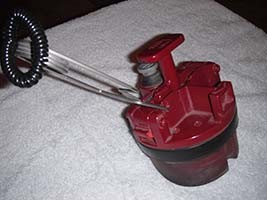LakelifeSML
Active Member
- Messages
- 3
- Reaction score
- 4
- Points
- 32
- Boat Make
- Yamaha
- Year
- 2007
- Boat Model
- AR
- Boat Length
- 23
Hello! Just finished my first oil/spark plug change on my new to me 2009 232 limited s. I bought the boat with about 50 hours on it and it has been maintained by a Yamaha dealer. Before the oil change, the dipstick on both engines read well above the full line, almost to where the texture changes on the dipstick. I pulled 3.5 quarts out of each engine with a pump extractor. I bought the kit online with the 3 quarts of Yamalube, filter, and 4 spark plugs x 2. As I read on here, I figured I would pull 2.5 to a max of 3 quarts from each engine. So I assume they were just overfilled. After I refilled each engine with the 3 quarts, now each dipstick reads right in the middle of low and full. When I started each engine, the oil light came on for about 30 seconds and then went out, assuming the oil was pumping into place, similar to my car. So, to put my mind at ease, should I get more oil and fill up to the full mark on each engine? It just seems odd that the kit for this boat/engine wouldn’t have enough oil. Thanks so much for your help, first time boat owner here!


